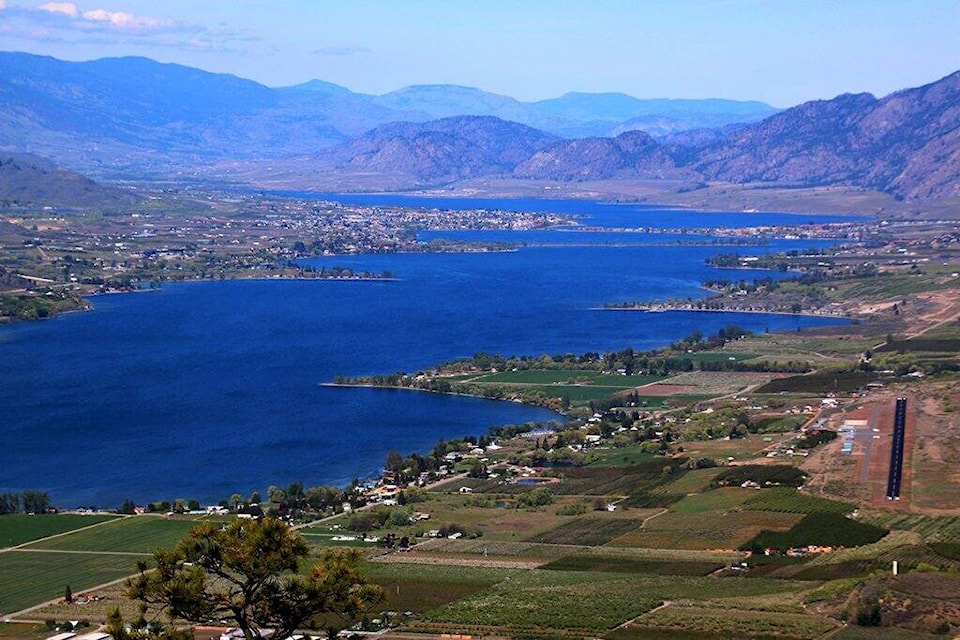The water levels in Osoyoos Lake and Okanagan Lake are below their average after a summer spent under drought conditions.
The International Osoyoos Lake Board of Control, which directs management of the Okanagan and Osoyoos Lake levels, kept water levels as high as possible after the previous winter and spring melt was drier than usual.
The summer continued that dry trend across southern British Columbia and northern Washington State, and the water levels in Okanagan Lake and Osoyoos Lake are below their average for this point of the year when they were measured on Nov. 12.
According to a release from the IOLBC, Okanagan Lake peaked at 1122.96 feet or 342.28 meters in July, and were measured at 1121.09 feet or 341.71 meters in November.
Osoyoos Lake's water levels were measured at 910.53 feet or 277.45 metres as of Nov. 12. The IOLBC has directed the lake operator to keep the level as close to 910 feet as possible over the winter until spring freshet begins in 2025.
Drought conditions for Osoyoos Lake were set by the flow in the Similkameen River and the flow into Okanagan Lake.
The required flow threshold for the Similkameen River is 1,230,000 megaliters under the International Joint Commission Order of Approval, and in an April press release form the IOLBC it was forecast to reach just 812,000 megaliters for April-July.
As of Nov. 12, the discharge of the Similkameen River remains below average.
The most recent release notes that there is a 60 per cent forecast of weak La Ni帽a weather conditions over the winter, which would see lower temperatures and higher levels of precipitation across the Okanagan and Similkameen basins.



